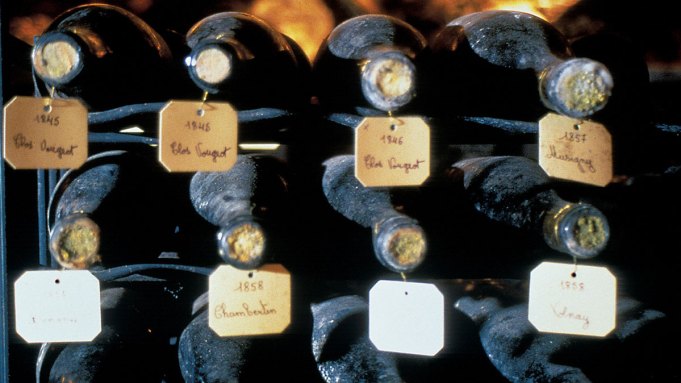Although Maison Louis Jadot is not the first major Burgundy producer to venture slightly north into Chablis, the historic house has taken a distinctly different approach from some of its neighbors who have made the trip in the past. Under the careful guidance of technical director Frédéric Barnier, the maison first took time to understand Chablis and respect the region, making a small amount of wine there starting in 2015. Since then, Barnier has been picking the right growers in the best and most prestigious spots, and to underscore its commitment to the region, Louis Jadot built a winery in Chablis that was finished in time to make the 2019 vintage.
Just 84 miles north of Beaune, Chablis and its surrounding vineyards seem a world apart from the bustling heart of the Côte-d’Or. Dedicated to one grape only—Chardonnay—the locale sits along the banks of the Serein River, which nourishes the area’s ancient, fossil-strewn soils. Technically a region within Burgundy, Chablis has a distinct identity and is known for a lighter touch of oak than white wines made to the south. According to Barnier, the limestone soils here have more in common with those of Champagne than with those in the rest of Burgundy, although all are composed mainly of limestone. “It’s a very poor, pure limestone like they have in Champagne, very clear and white with some small oyster fossils,” he tells Robb Report about the Kimmeridgian soils. “[And it is] a bit younger compared to our limestone in the Côte-d’Or.”
Frédéric Barnier
Thomas Alexander
Chablis is also slightly cooler than the Côte de Beaune, the southern part of the Côte-d’Or that is centered around Beaune. While in years past grapes were harvested later in Chablis, Barnier says, they now harvest both spots at the same time due to the effects of climate change. And although the technical director has been working in the region for nine years (in addition to overseeing Jadot’s production across all of Burgundy), he is still puzzled by the unmistakably different profile Chardonnay takes on here. “It’s making a such different wine with a very different balance and complexity; that’s something which is still challenging my mind,” Barnier says. Of course, the winemaking style has to be different as well. While the standard Burgundy barrel is 228 liters, Barnier uses 450-liter barrels and much larger foudres, which impart a minimal touch of oak because there is less surface contact between the wine and the wood.

A field within Chablis
Louis Jadot
In addition to a Chablis Grand Cru sourced from four different plots, Louis Jadot has just released five 2021 Grand and Premier Crus that are a testament to the purity of Chablis’s Chardonnay and Barnier’s skill as a winemaker. They are Premier Cru Montee de Tonnerre, Premier Cru Fourchaume, Grand Cru Blanchots, Grand Cru Les Preuses, and Grand Cru Les Clos—and it is honestly hard to pick a favorite. Having a winery right in Chablis means that grapes can go directly from vineyard to the sorting table without being trucked south for almost two hours in harvest-season traffic; Barnier points out that this allows him better precision and more flexibility in his window of picking. Due to a late-season frost, 2021 yielded a small crop, but despite that Barnier describes the wines as having a classic, fresh Chablis profile “ . . . with good energy and purity.”
Energy and purity are good words to describe Louis Jadot 2021 Grand Cru Les Clos, which has a gorgeous nose of ripe summer peach and freshly picked apricot. It is round in the mouth and has flavors of nectarine, Bartlett pear, lemon zest, and a soft touch of white chocolate. A gorgeous vein of acidity lights up the palate from first sip through the lingering finish. At $160—the top of the line—it is significantly more accessible than a Bâtard-Montrachet from the same producer, so this and its siblings are perfect to stock up on.


